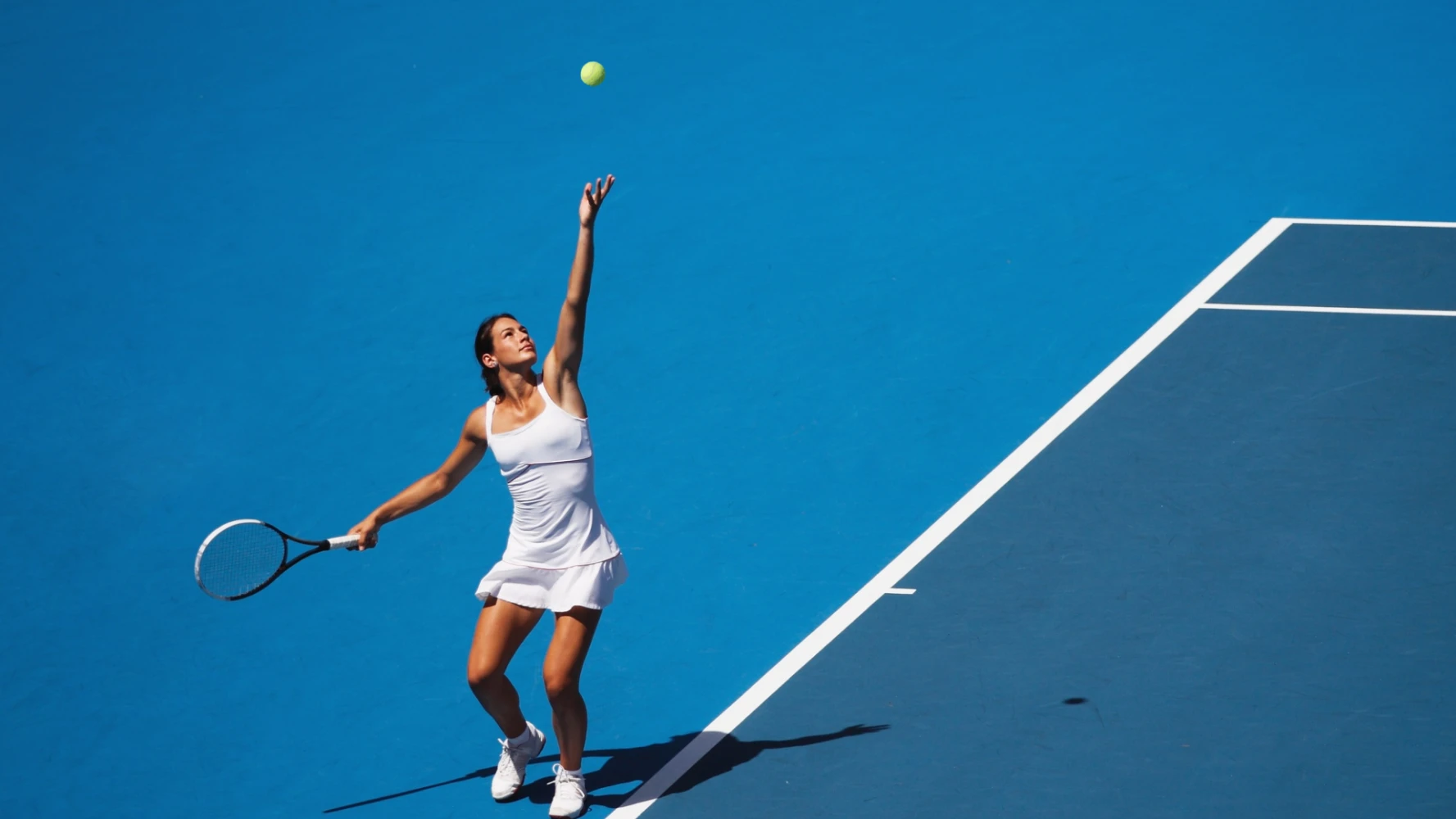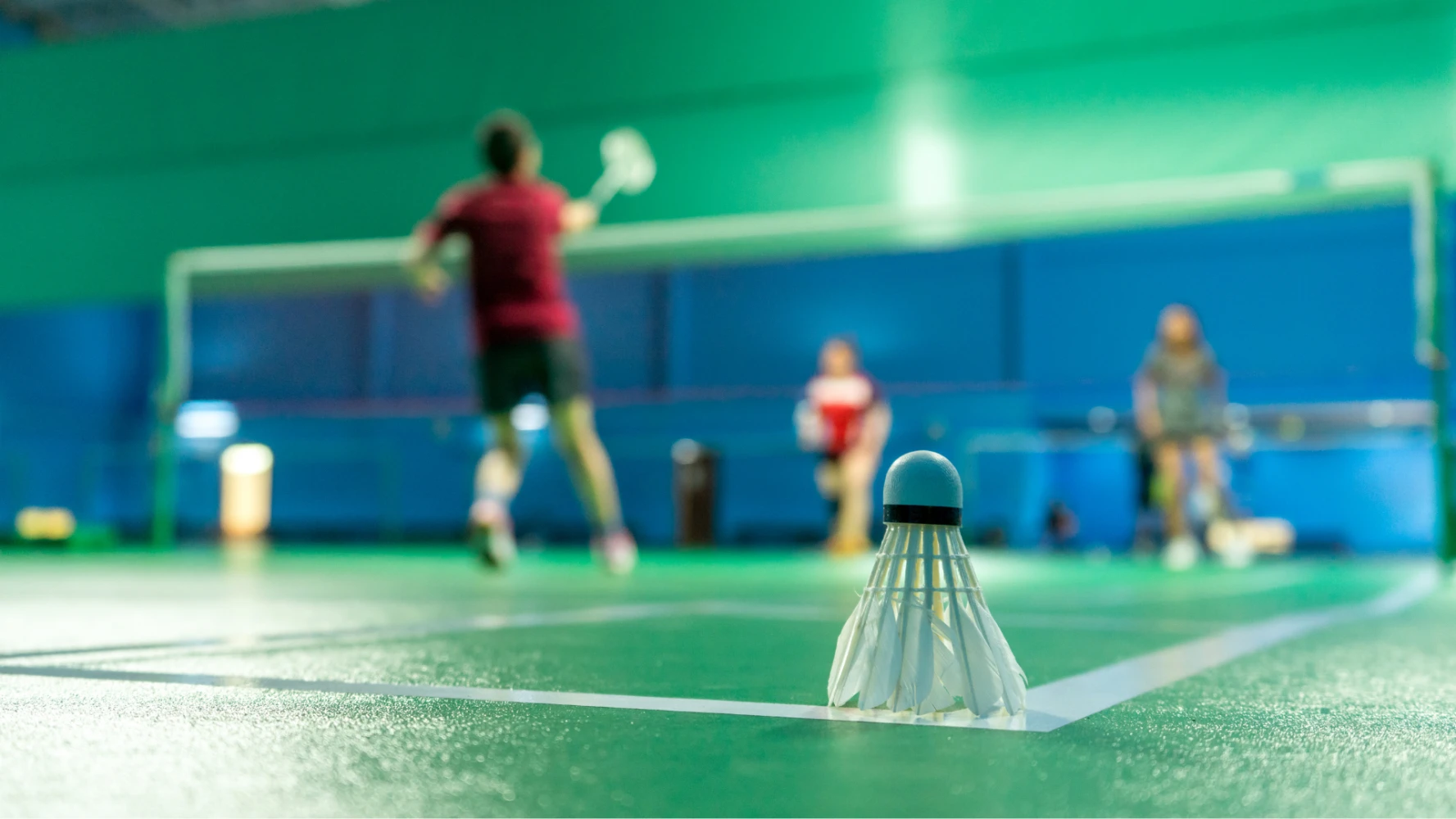The Continental Grip is achieved by holding the racket like a hammer, with the base of the index finger on the top rear of the handle. This is also why it is sometimes called the Hammer Grip.
Why Only One Grip?
Net Reactivity: In Padel, speed at the net is paramount. The Continental Grip allows for instantaneous switching from forehand to backhand volley without changing grips, minimizing reaction time.
Managing Overhead Shots: This grip is ideal for overhead shots, particularly the Smash, the Bandeja, and the Víbora. It allows the player to "slice" the ball to control the height and direction of the bounce.
Glass Rebounds: Unlike tennis, Padel requires hitting the ball at varied angles, often very close to the body, after the rebound off the wall. The Continental Grip keeps the racket face neutral, facilitating the hitting of descending or lateral balls.
The Continental Grip in Action
Although the Continental Grip is dominant, its execution varies slightly to optimize certain shots.
Defensive Shots
Defensive Backcourt: In the backcourt, the Continental is used to hit the ball from above with a slice. This effect slows the ball down, keeps it low after the bounce, and gives it a trajectory that often "dies" after rebounding off the opposing glass wall.
Glass Exit (Salida de Pared): When the ball rebounds off the back glass wall, the grip allows for quick adjustment of the racket angle, keeping it slightly open to accompany the ball returning towards the player.
Attacking Shots
Volley: The motion is short and forward. The Continental Grip allows for a natural slice on both forehand and backhand volleys, making the ball low and difficult for the opponent to lift.
Bandeja and Víbora: For these shots, the player must keep the wrist firm. The Continental Grip ensures that the impact is powerful and that the racket face remains slightly inclined up or down depending on the desired spin.
Adjustment for Topspin (Lift)
Although the Continental is excellent for slicing the ball, modern Padel sometimes requires generating topspin for more aggressive counter-attack balls in the backcourt.
Slight Adjustments: To generate topspin, some players slightly pivot the grip toward an Eastern grip (for the forehand). However, this change must be minimal and quick to avoid delays, with the majority of the ball's rotation being generated by a sweeping motion of the arm, from bottom to top, rather than by wrist rotation.
Conclusion: Simplicity as a Technical Advantage
The Continental Grip is the cornerstone of Padel technique. It embodies the requirement of this sport: a simplicity in the grip that allows for complexity in the execution of varied shots. Mastering this unique grip ensures optimal reactivity at the net and perfect adaptability against the unpredictable glass rebounds.




Comments